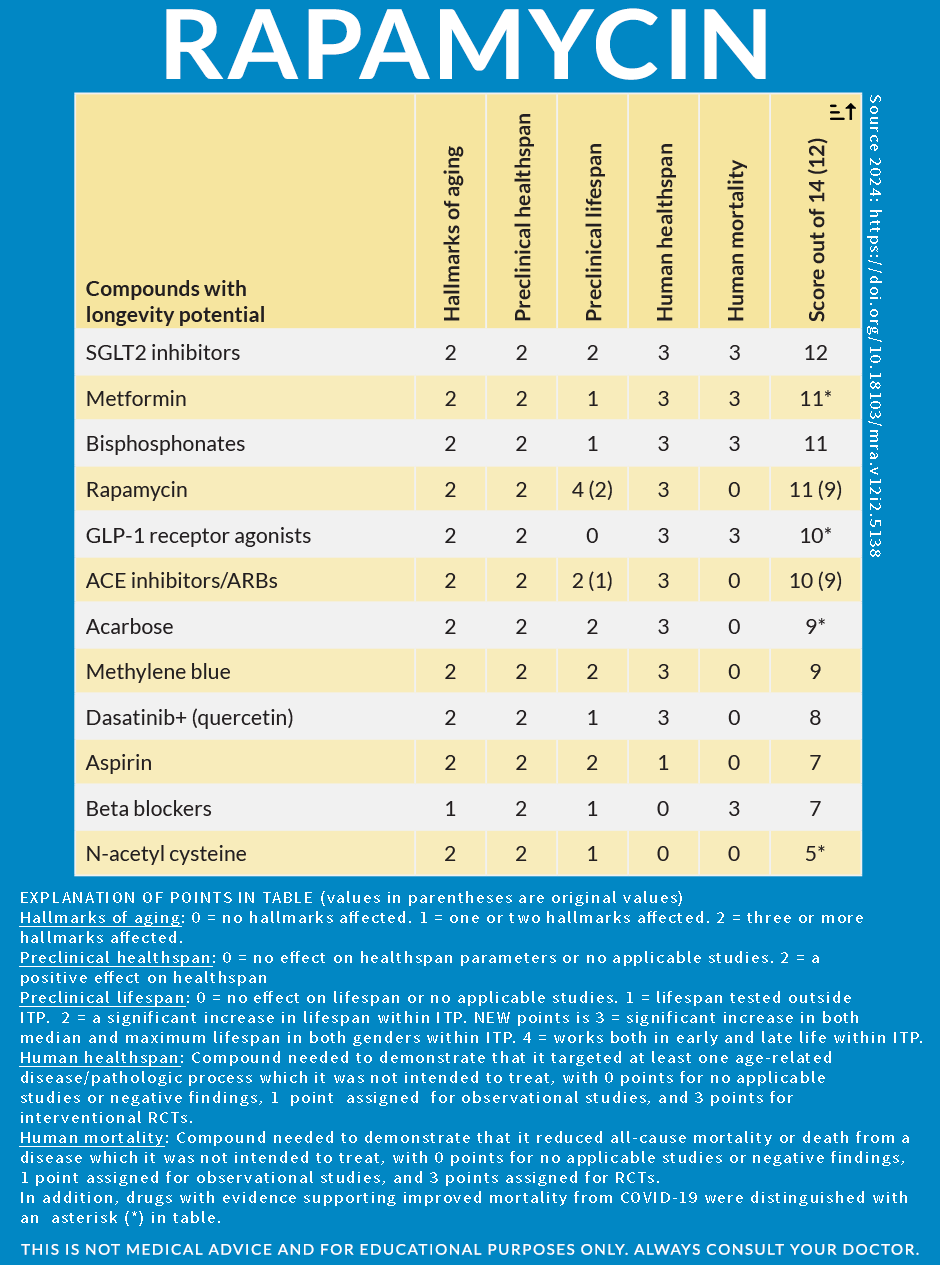Are biphosphonates a viable intervention stragy?
BPs are associated with reduced incidence of cardiovascular diseases, cancers, diabetes and neurodegeneration.
Zoledronate altered 352 plasma proteins associated with apoptosis, autophagy, inflammation, telomere regulation, and lysosomal function in human patients after 18–36 months of treatment.
These changes included downregulation of inflammatory SASP markers such as IL-6 and NFκB, indicating suppression of cellular senescence.
In aged mice, Zoledronate shifted gene expression in heart, liver, spleen, intestine, and lung tissues to resemble that of younger animals
Pre-treatment with low-dose BPs protected cells against DNA damage-induced senescence. This was confirmed via:
Increased LaminB1 and decreased γ-H2AX and p16 expression.
Reduced SA-β-Gal staining (a senescence marker).
Improved cell cycle progression and viability.
